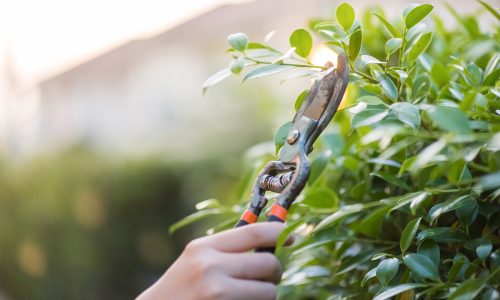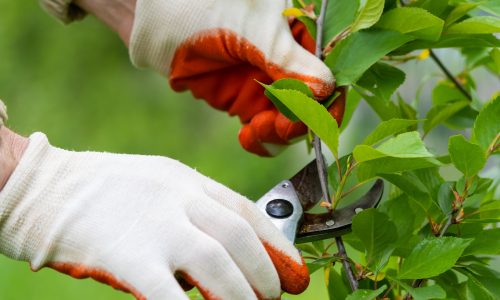The best time to prune shrubs depends on their specific needs and flowering habits. Generally, most shrubs can be pruned in late winter or early spring before new growth begins. However, some shrubs, such as spring-flowering shrubs, should be pruned immediately after they finish blooming.


Proper shrub pruning is essential for maintaining a beautiful and healthy garden. By understanding the best time to prune, using the right techniques, and considering the specific needs of your shrub varieties, you can ensure that your shrubs thrive and add beauty to your outdoor space.
